Graphics Reference
In-Depth Information
9.9.1. Example.
The Gauss curvature of a sphere of radius r is 1/r
2
. To justify this
note that computing the area of a region on a sphere in spherical coordinates involves
a similar integral to the one used in Example 9.8.11. The only difference is the domain
of the integral, which would now be an arbitrary region in the q-f plane. This domain
would not change as we pass from of a region on a sphere of radius r to the projected
region on the sphere of radius 1. The only difference is the factor r
2
.
9.9.2. Example.
The Gauss curvature of a plane is 0. The reason is that the normal
of a plane is constant so that the Gauss map maps any region to a point that has zero
area.
Here are some other intuitive observations about the Gauss curvature. If we look
at an elliptic point (see Figure 9.19(a)) we see that the Gauss curvature is positive. On
the other hand, at a hyperbolic point (see Figure 9.19(b)) the curvature is negative
because the Gauss map traces out an opposite oriented area on the sphere. We shall
see shortly that the Gauss curvature is the product of the principal curvatures
(Theorem 9.9.9) and so it vanishes at parabolic points.
9.9.3. Example.
The Gauss curvature of a cylinder is 0. The justification for this
using only the definition of the Gauss map is that the normal is constant along the
generating lines for a cylinder that implies that all regions on the cylinder are mapped
into one-dimensional sets on the unit sphere and these clearly have zero area.
Does Example 9.9.3 mean that we have a wrong notion of curvature for a surface?
Not really, but we will have to explain the sense in which we are using the word “cur-
vature.” Gauss curvature is a fundamental invariant of a surface, but before we
analyze it further we digress briefly to describe an analogous notion for polygonal sur-
faces. This should help reinforce the geometric idea we are discussing.
Let
S
be a polygonal surface. It is convenient to assume in the discussion below
that all of its facets are
triangles
. Clearly, any “curvature” of such a surface is con-
centrated at vertices. One might be tempted to think of there being curvature along
an edge, but just as cylinders have zero Gauss curvature, so will points along edges
end up having zero curvature. We need a few definitions before we are ready to define
a concept of Gauss curvature in the polygonal case.
Definition.
Let
S
be a surface in
R
n
. The surface
S
is said to be
convex
if it is con-
tained in the boundary of a convex polyhedron in
R
n
. If
p
Œ
S
, then
S
is
convex at the
point
p
if a neighborhood of the point
p
in
S
is contained in the boundary of a convex
polyhedron in
R
n
.
Definition.
A set
X
Õ
S
2
is said to be
geodesically convex
if for every two distinct
points
p
and
q
in
X
, one of the two arcs of the great circle in
S
2
through
p
and
q
that
connect
p
and
q
lies in
X
. The
geodesic convex closure
of
X
is defined to be the
intersection of all geodesically convex sets in
S
2
that contain
X
(intuitively, it is the
“smallest” geodesically convex set containing
X
).
Geodesic convexity and geodesic convex closure are the smooth-surface analogs
of convex and convex closure for vector spaces. The reason for the term “geodesic” in

